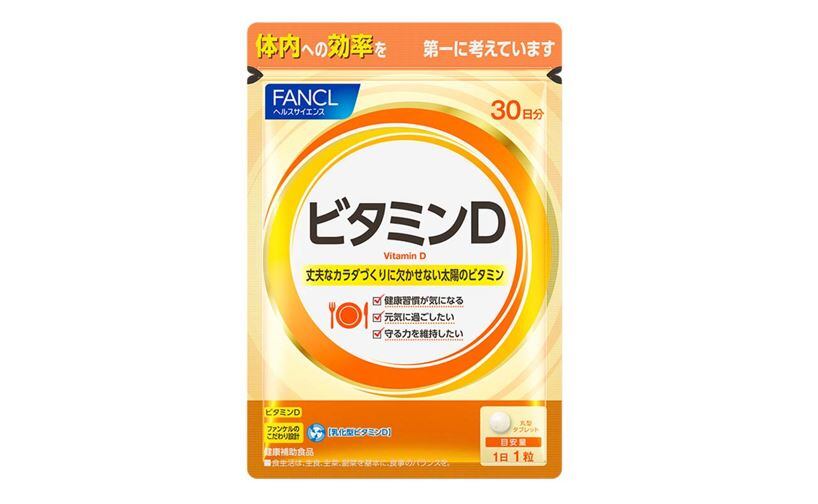This means that a consumer could end up taking different products with different claims, but containing the similar blend of ingredients, researchers say.
The overconsumption of certain ingredients could bring about side-effects such as diarrhoea, claimed the researchers from Keio University who have conducted the study.
They believed that the problem arose due to the different development strategies of food developers, eventually leading to the “selective exclusion of potential health benefits detected.”
Published in the Journal of Functional Foods, this is said to be a first-of-its-kind study. A total of 1,310 FFC application dossiers submitted between Apr 2015 and Jul 2018 were analysed.
The FFCs were classified according to the health claims made into 22 most commonly seen health claims categories.
The researchers then studied the products’ ingredient list and the actual health claims made in the dossier application.
Based on the ingredient list, they identified the health claims that could also be made but were absent from the product package.
They term the missing health claims as “potential labelling”.
They found that out of the 122 FFCs that claimed to provide blood pressure management, 97 of them (79.5%) could have also made other health claims but did not do so.
Such a problem was also commonly seen in FFCs that claim to suppress blood sugar spikes. Out of such 169 FFCs analysed, 124 of them could also have made other health claims.
The researchers noted that the problem was most prevalent in FFCs that claim to address lifestyle disease, such as high blood pressure and diabetes.
“Although food developers are required under Japanese food regulations to make their FFC application dossiers publicly available, we found many FFCs with discrepancies between actual labelling and efficacy information,” the researchers concluded.
The research was supported by a Health and Labour Sciences Research Grant (Research on Food Safety) from Japan’s Ministry of Health, Labour and Welfare.
Ingestible dextrin used here and there
Another way of looking at the problem, is to look at the number of times an ingredient was used in different types of FFCs.
For instance, ingestible dextrin was the most commonly used ingredient in FFCs that either claim to suppress blood sugar spikes (127) or reduce neutral fat in the blood (125).
Most complete FFCs
In contrast, FFCs which claim to moisturise the skin, improve memory and ocular function had the most comprehensive list of health claims.
For FFCs that claim to moisturise the skin, only eight out of 110 (7.3%) were found to have made incomplete health claims.
“[They] were the three health claims that were almost always mentioned on labels if the FFC contained substances with these functions,” the researchers said.
Recommendations
The researchers have recommended for set up of an integrated database, such as a repository of efficacy information with scientific evidence of functional substances.
This is to ensure that scientific evidence regarding health claims of functional substances are managed in an integrated manner.
“It is not effective to put all health claims based on the scientific evidence on food labels showed in the previous survey, so an integrated database such as a repository of efficacy information with scientific evidence of functional substances may be necessary,” the researchers said.
The FFC system requires food developers to submit results of randomised clinical trials (RCT), systematic review (SR), or both to substantiate efficacy, but a review by regulatory agencies is not required.
Source: Journal of Functional Foods
The first survey of gap between the actual labelling and efficacy information of functional substances in food under the regulatory processes in Japan
https://doi.org/10.1016/j.jff.2020.104047
Authors: Nanae Tanemura, et al




